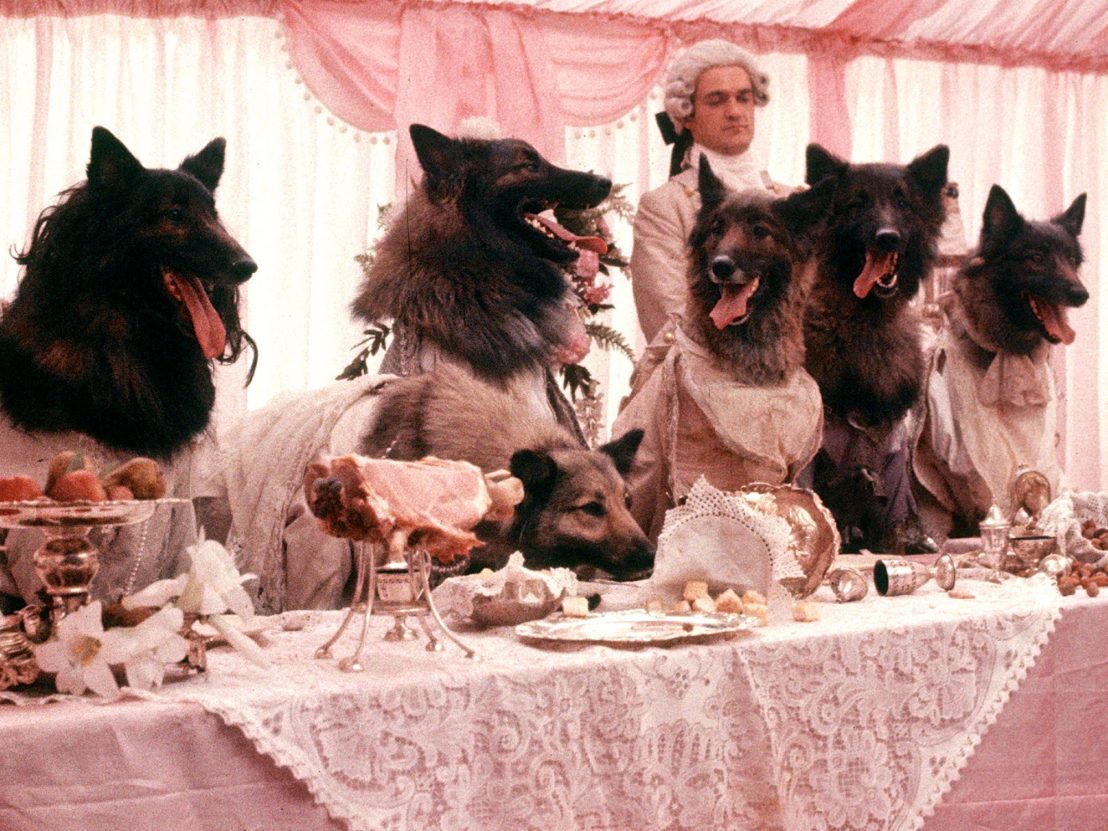
Disney’s live action Beauty and the Beast, starring Emma Watson and Dan Stevens, brings a timeless story to life for a new generation of moviegoers. Yet while the film promises another sanitised version of this classic fairy tale, the original version, written by the 18th century French novelist Gabrielle-Suzanne Barbot de Villeneuve, is much more grotesque and twisted. With that in mind, here are seven great alternative fairy tale movies to watch before you see Disney’s latest.
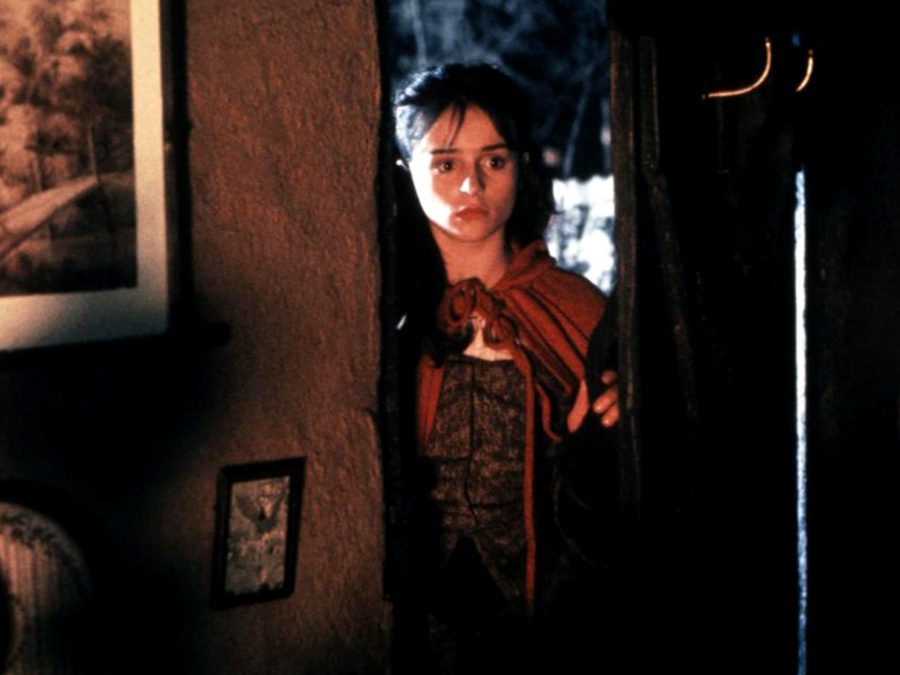
Adapted from Angela Carter’s short story of the same name, this Gothic fantasy-horror is a spiralling ‘tale within tales’ that delves into the origins ‘Little Red Riding Hood’. Rosaleen (Sarah Patterson) dreams of living in a fairy tale world, and encounters multiple male figures (“men-who-are-wolves or wolves-who-are-men”) culminating in an ambiguous, unsettling conclusion. The film’s central plot and the fables interwoven throughout – from a crashed wedding reception to the Devil chauffeured in a Rolls-Royce – address and subvert the underpinnings of female sexuality and coming of age that permeate the original tale. Girls have far more power than they believe, and while men and wolves should be viewed with wary eyes, they are only as dangerous as they are made to be.
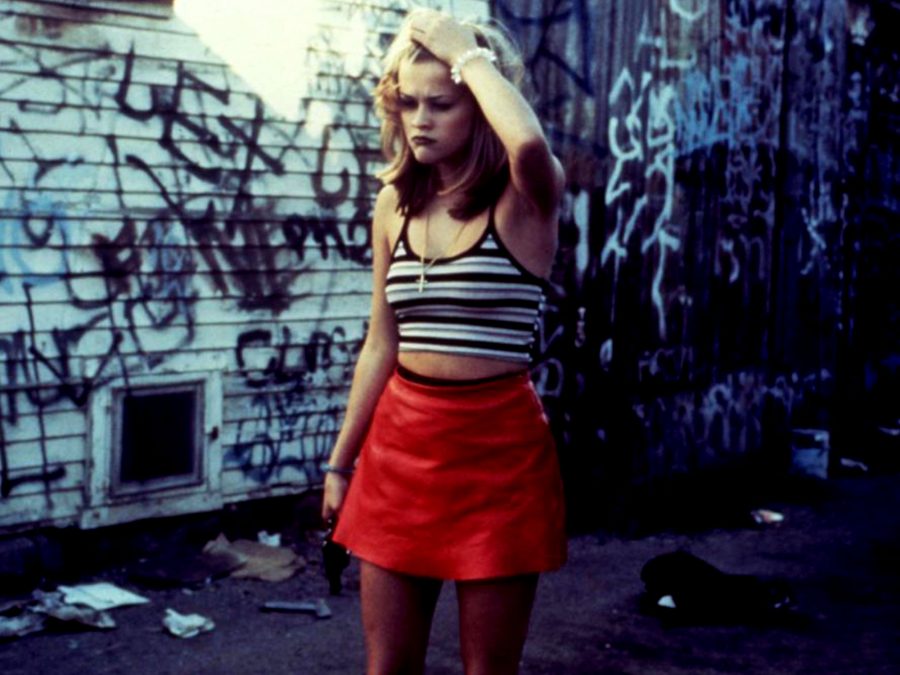
Little Red Riding Hood versus the Big Bad Wolf – who wins? Can Red be just as bad as the wolf? In Freeway, a young Reese Witherspoon plays Vanessa, a white trash teen who hitches a ride with student counsellor Bob (Kiefer Sutherland) while trying to make her way to her grandmother’s trailer park. Bob is soon revealed to be a serial killer who targets young women, yet Vanessa is able to gain the upper hand, shooting and disfiguring him while taunting his weakness. Although Vanessa is initially charged and sent to prison, she and Bob have a final endgame at Grandmother’s House (or rather trailer), proving that when faced with big bad wolves, girls can be just as monstrous when faced with those who would do them harm.
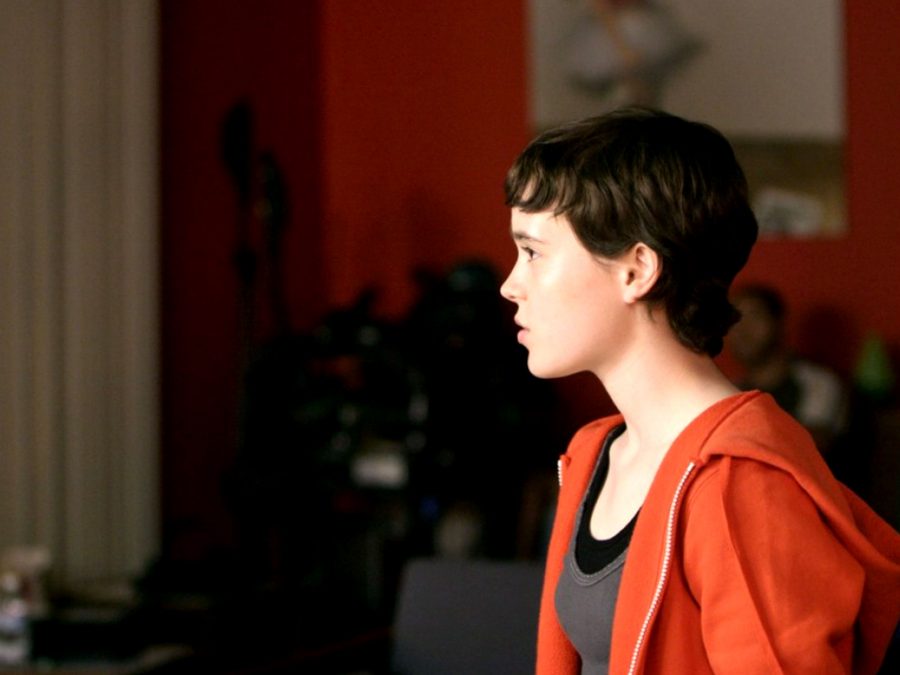
The film that kickstarted director David Slade’s career, Hard Candy essentially reimagines Little Red Riding Hood as a tale of vengeance. Jeff (Patrick Wilson), a photographer in his mid-thirties, finds the tables turned on him by 14-year-old Hayley (Ellen Page), with whom he has developed a predatory online relationship. Hayley traps him in his own home and proceeds to torment him for his supposed pedophiliac crimes, culminating in a devastating choice. While sometimes the worst predators are the blandest people, even they fall in the face of stronger, more malevolent forces. For all its disturbing and gruesome scenes Hard Candy, epitomised by Haylay and her red hoodie, is a chilling triumph for girls and women hunted and devoured by predators.
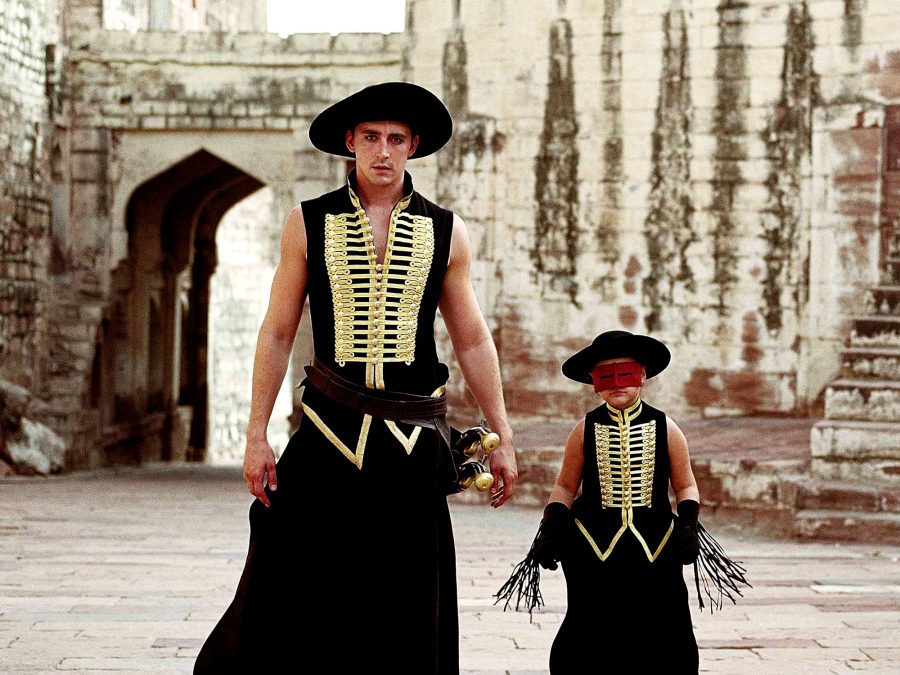
Arguably Tarsem Singh’s best and most cohesive film, The Fall chronicles the tug of war over a shared story told by stuntman Roy (Lee Pace) and wide-eyed five-year-old Alexandria (Catinca Untaru) while both are recuperating in a hospital. The film is not an adaptation of a fairy tale but rather exhibits the struggle in storytelling between tragic and happy endings. The increasingly suicidal Roy manipulates the tale, featuring the adventure of a bandit, his daughter and a host of sidekicks, to favour tragedy. In response, Alexandria begins to wrestle for control of the story so as to give it a happy ending. Concluding with a bittersweet yet hopeful denouement, The Fall shows how great storytelling can shield and heal us from the cruelties of reality.
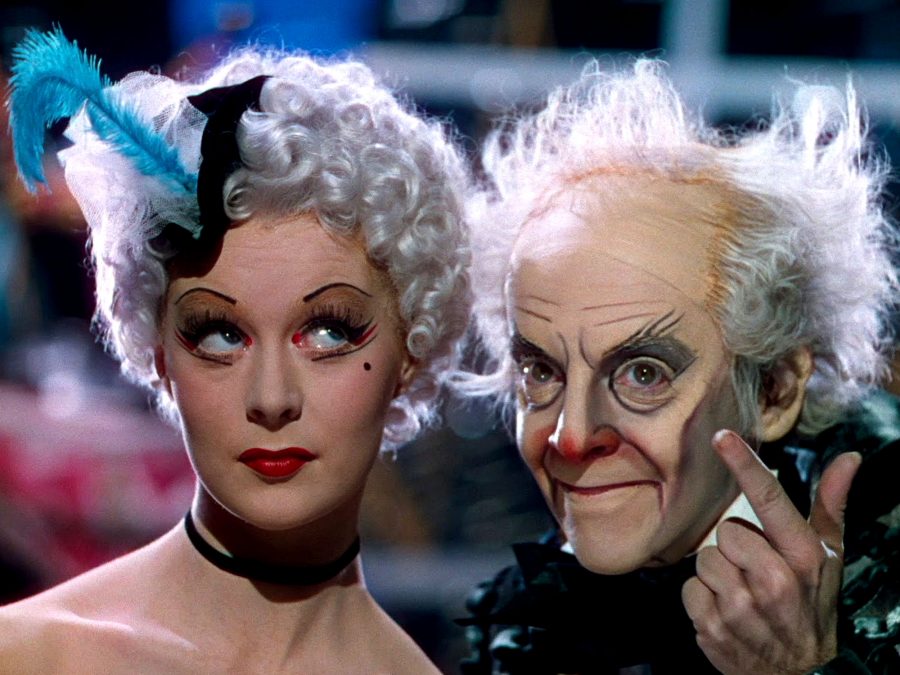
The Red Shoes is a push-and-pull tale of artistic intrigue and ambition backdropped by a performance of the classic Hans Christian Anderson fairy tale of the same name. The film acts as a cautionary tale of the singular pursuit of artistic perfection by ballet impresario Boris, composer Julian and dancer Victoria “Vicky” Page (Moira Shearer), who in their artistic ambition and pettiness ruin each other’s lives. At its core this a cynical fairy tale about the hubristic pursuit of perfection. The belief that obsession rots humanity is manifested in Vicky’s madness and her tragic attempt to escape the pressures such obsession brings.

This is a straight-up horror take on the ‘Snow White’ fable. It follows the relationship between Lilli Hoffman (Monica Keena), born on a winter’s day by emergency caesarean, and her stepmother Lady Claudia (Sigourney Weaver), who are Snow White and the Evil Queen respectively. After tragedy befalls Claudia, she uses witchcraft to take over her husband’s estate and her paranoia and jealousy of Lilli lead to multiple attempts on her stepdaughter’s life – including the iconic poisoned apple. While Lilli/Snow White is the film’s protagonist, both women are portrayed as flawed, three-dimensional characters living in a world that pits women against one another. The reality of how society values the female youth only to discard women as they grow older, leading to the creation of monstrous figures like Claudia, is the true tale of terror.
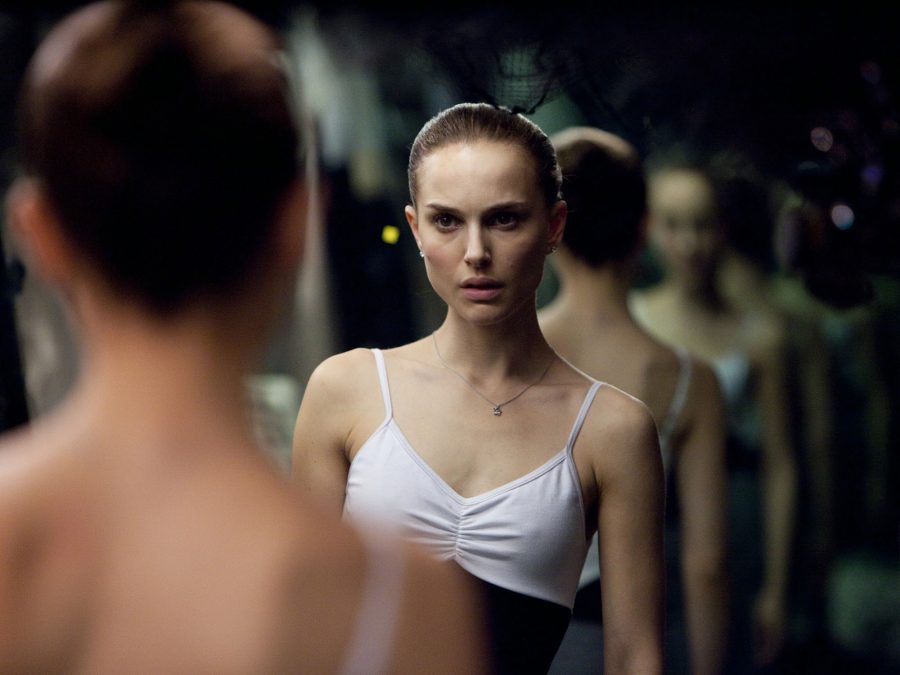
Darren Aronofsky’s Black Swan is a Red Shoes-esque tragedy updated for modern times. Fairy tale elements permeate this balletic story, which focuses on the psychosexual subtext of Swan Lake. High-strung and childlike, ballet dancer Nina Sayers (Natalie Portman) lands the lead role of a lifetime only for the pressure to takes its toll. As the stress and anxiety of performing as both the Black and White Swan mounts, Nina is increasingly haunted by hallucinations and breaks from reality, culminating in a triumphant and tragic tour de force performance. Black Swan reveals that imposing the dichotomy of Madonna/whore, white swan/black swan, on women only leads to suffering and destruction.
Published 4 Mar 2017
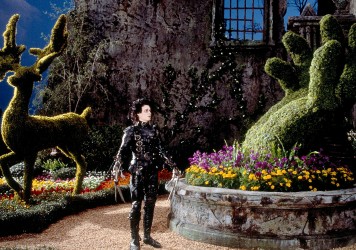
The master of the macabre hit his creative peak with this singular suburban fairy tale from 1990.
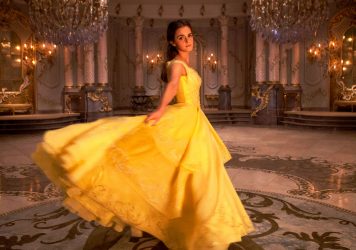
This luxuriant live-action refit of the beloved animated feature sees Disney extend its recent winning streak.
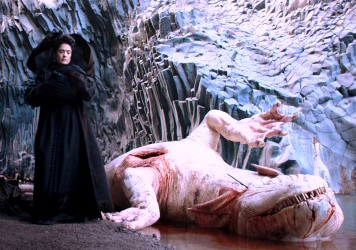
Tale of Tales is a return to a much darker, more traditional form of fantasy storytelling.